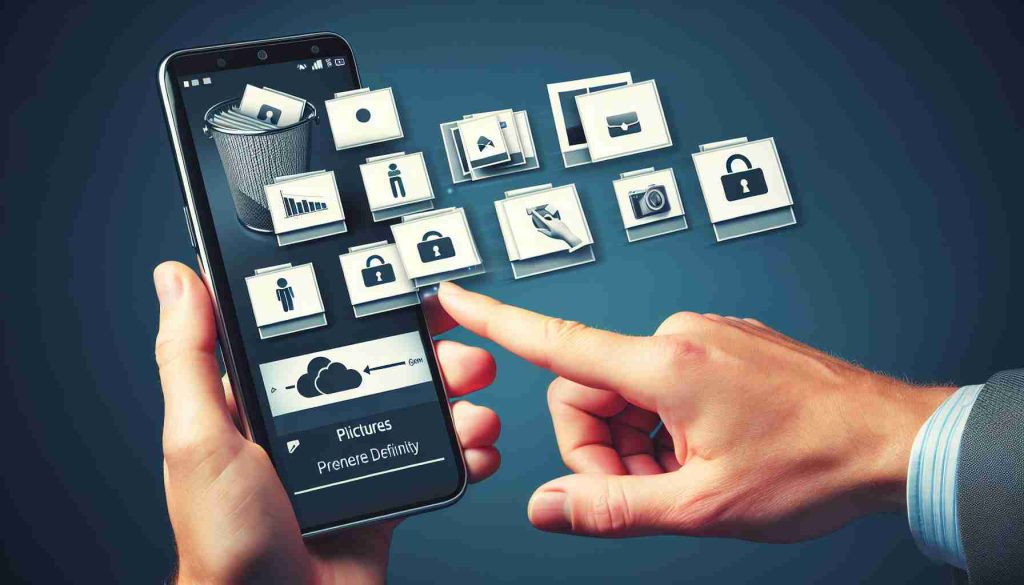According to recent surveys, a significant portion of smartphone users actively track their monthly data usage. Over 71% of respondents indicated that they monitor their data consumption closely, citing reasons such as plan restrictions, cost-saving efforts, and the need to avoid exceeding set limits. These revelations suggest a growing awareness among users regarding their data habits.
When it comes to data consumption, there is a clear divide in usage patterns. While approximately 18% of respondents reported using 20GB or more per month, another 17.3% used less than 1GB. The activities that consume the most data vary from watching videos on social media platforms to playing games and streaming content on the go without Wi-Fi.
In instances where users face data shortages, around a quarter of respondents admitted to topping up their data mid-month. Interestingly, many of these users have implemented strategies to prevent such occurrences, such as reducing video quality, checking data usage daily, carrying pocket Wi-Fi devices, and utilizing free Wi-Fi hotspots whenever possible.
For those looking to optimize their smartphone expenses, it may be beneficial to review their current data plans. Even users on unlimited plans could potentially benefit from switching to more suitable options. By understanding their data usage patterns and making informed decisions, users can effectively manage their costs while enjoying uninterrupted connectivity.
Exploring Smartphone Data Usage Trends: Delving Deeper into Data Habits
In the realm of smartphone data usage trends, there are additional insights and nuances that shed light on user behaviors and challenges. Let’s delve into the specifics to uncover more about how individuals interact with their mobile data.
What are some key questions to consider when examining smartphone data usage trends?
One crucial question is how data usage patterns vary across different demographics, such as age groups or geographical locations. Understanding these variations can provide valuable information for service providers and policymakers in tailoring data plans to suit specific user needs.
Another important inquiry revolves around the impact of emerging technologies, such as 5G networks, on data consumption. As these technologies become more widespread, how will they influence the way individuals utilize data on their smartphones?
What are the key challenges associated with smartphone data usage trends?
One major challenge is ensuring transparency and clarity in data plans to prevent bill shock for users. With the complexity of data packages and potential hidden fees, users may struggle to accurately estimate their data usage and costs.
Furthermore, privacy and security concerns related to data usage on smartphones remain a significant challenge. As users increasingly rely on mobile devices for various activities, safeguarding personal information and preventing data breaches are paramount.
What are the advantages and disadvantages of tracking smartphone data usage closely?
One advantage is the ability to identify data-intensive activities and adjust usage habits accordingly, leading to potential cost savings and efficient data management. On the flip side, constant monitoring of data usage may create a sense of restriction or anxiety for some users, impacting their overall smartphone experience.
For more detailed insights and updates on smartphone data usage trends, visit the official website of GSMA at GSMA. This reputable organization offers comprehensive information on mobile industry trends and insights that can supplement your knowledge on the topic.























